Why do dogs pant?
If you've ever seen a dog panting on a hot day, you might have wondered why they do it. In fact, there are several reasons why dogs pant. For one thing, panting helps to regulate their body temperature. When they pant, dogs evaporate water from their tongue and respiratory tract, which has a cooling effect. Additionally, panting helps to increase oxygen intake, which is important for exercise or during periods of stress. Finally, panting after exercise also helps to remove toxins from your dog’s blood and lungs.
Excitement
For a lot of dogs, a car trip is an exciting prospect! You could be heading to any one of their favourite places, like the park or beach. They'll sit panting in their seats, eagerly anticipating all the new sights and smells that await them. And when you finally arrive at your destination, they'll be the first one out of the car, ready to explore all the wonderful smells and sounds.
This one is obviously a positive pant, and their body language will give away the happiness and excitement behind it. Just keep an eye on them to ensure they don’t become…
Overstimulated

Dogs are very curious creatures, and they love to explore their surroundings. However, travelling by car is a very unusual situation for them to be in. With so many sights, sounds and smells coming at them at speed, it is no wonder that dogs can become overstimulated whilst travelling by car.
If your dog is panting excessively whilst in the car, it is likely that they are feeling overwhelmed. There are a few things you can do to help your dog relax whilst travelling by car. For example, you could try playing some calming music or engaging them with a toy to keep them occupied.
Alternatively, you could take breaks frequently so that your dog can stretch their legs and relieve themselves - giving them an opportunity to relax their mind.
Dehydration
If your dog is panting heavily, it could be a sign that they are dehydrated. This is especially true if they have been exercising vigorously or if they didn't drink enough water before getting in the car.
Dehydration can be dangerous for dogs, so it's important to take action if you suspect your dog is panting because they are thirsty. Make sure to carry a portable water dispenser or a bowl to put water in for them to drink from when required.
By taking these steps, you can help ensure that your dog stays healthy and hydrated on the road.
Travel Sickness
Just as certain people can become nauseous while travelling, so do some dogs. If your dog is panting and seems uncomfortable in the car, they may be experiencing travel sickness. There are medications available to help alleviate travel sickness in your dog, just be sure to give them their medication a while before you travel so they are effective.
If you're unsure about whether or not your dog suffers from travel sickness, watch for signs such as panting, drooling, yawning, and restlessness.
If your dog exhibits these symptoms as well as nausea, talk to your vet about whether or not travel medication would be right for them.
Too Hot

Panting is how dogs regulate their body temperature. When it's hot, they pant to remove hot moisture from their lungs, which helps to cool them down. If the temperature in your car is too high, your dog will pant in an effort to lower their own temperature.
If possible, try to keep the car cool by parking in the shade or turning on the air conditioning before your dog enters. On very hot days, it's best to leave your dog at home where they can stay cool and comfortable if possible.
NEVER leave your dog in a car alone at any time, but especially when it is hot.
Anxious
If your dog is panting, pacing or restless before travelling in the car, it could be a sign of anxiety. This could be for any number of reasons, such as underexposure to car travel or a negative experience earlier in life.
There are some things you can do to help ease your dog's anxiety. For example, you can start by taking short car trips to get them accustomed to the experience. You can also try using a calming aid, such as lavender oil, to help relax them. If you're not sure what's causing your dog's anxiety, it's best to consult with your vet. They will be able to help you create a plan to ease your dog's anxiety and make car travel a more pleasant experience for them and for you.
Not desensitised
This point ties into the previous. For some dogs, the car is associated with going to the vet, which can be a stressful experience. As a result, they start to pant as soon as they get in the car, even if the temperature is comfortable. If you only use your car for trips to the vet, your dog is likely to have a negative association with driving. This can make it difficult to take them on car rides, even if you just want to go for a leisurely drive.
Instead, try to take your dog on short car rides on a regular basis, and make sure to end the ride on a positive note by giving them a treat or taking them for a walk. With time and patience, you can help your dog overcome their fear of car rides.
What can you do to help?
Hydrate before travel - Make sure your dog always has fresh water available. Carry fresh water for them whenever you plan to travel by car.
Lower temp before travel - Where possible, park your car in the shade to prevent it being too hot before travel. Open all windows a while before your journey to give your car time to become cool enough for your dog. Use air conditioning where available to maintain a comfortable temperature for your dog.
Give attention during the journey - Alleviate stress and draw attention away from factors that may be causing your dog to become overstimulated by giving them attention during car trips. A chest scratch & a tight squeeze will do the trick. Only while safe to do so, of course!
Train with shorter journeys & positive destinations - Training your dog out of car related anxiety needs time and patience. Take shorter journeys to destinations your dog will enjoy, like the park for a walk or to a friend’s house. This reinforces to your dog the idea that journeys in the car are something to look forward to rather than be anxious about.
Seek veterinary advice if you believe your dog is car sick - If your dog is drooling heavily and becoming nauseous as well as panting, there is a strong chance your dog is suffering from travel sickness. Seek veterinary advice on how to alleviate the symptoms & what medication your dog can take.
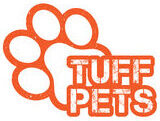
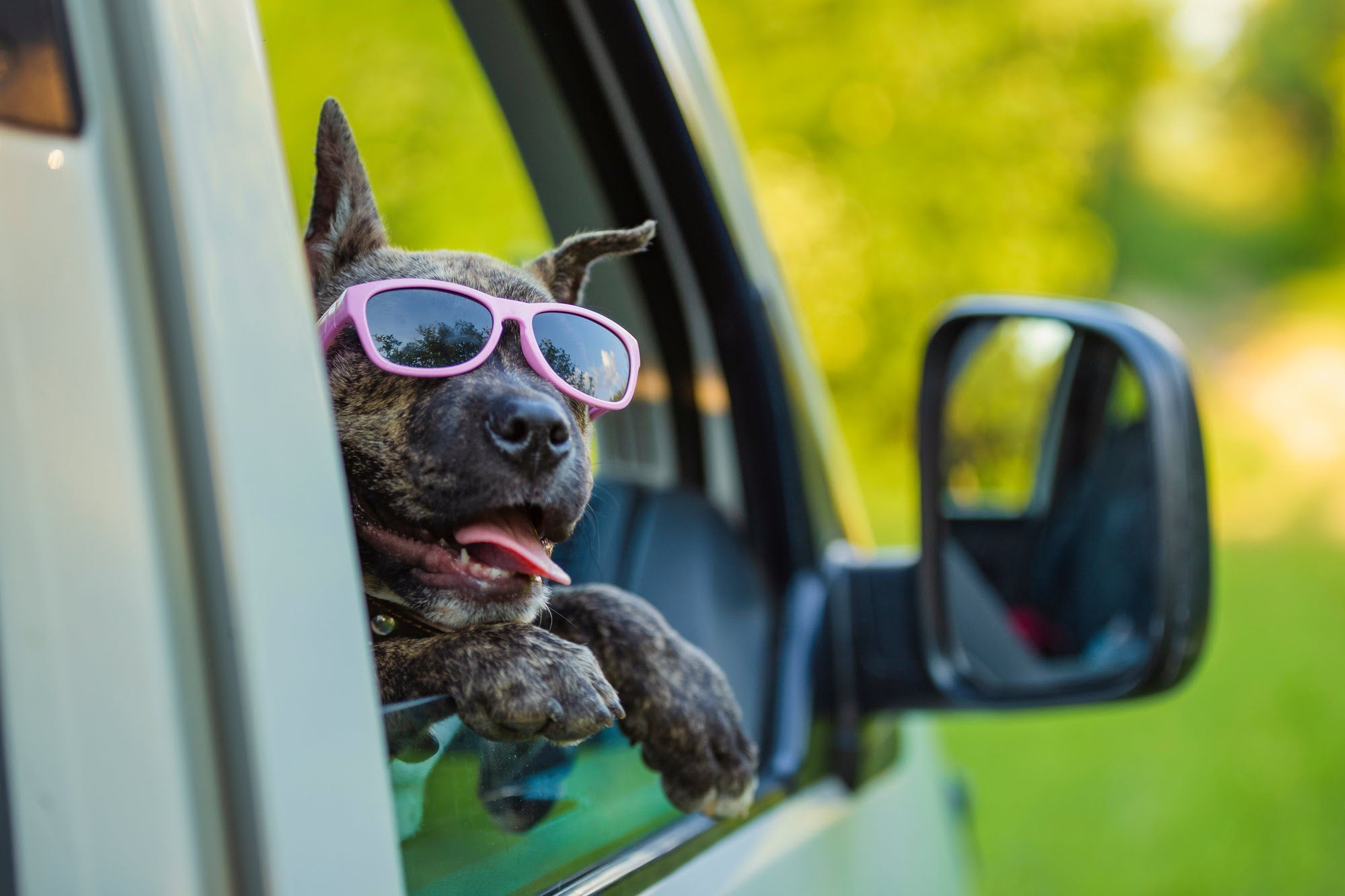
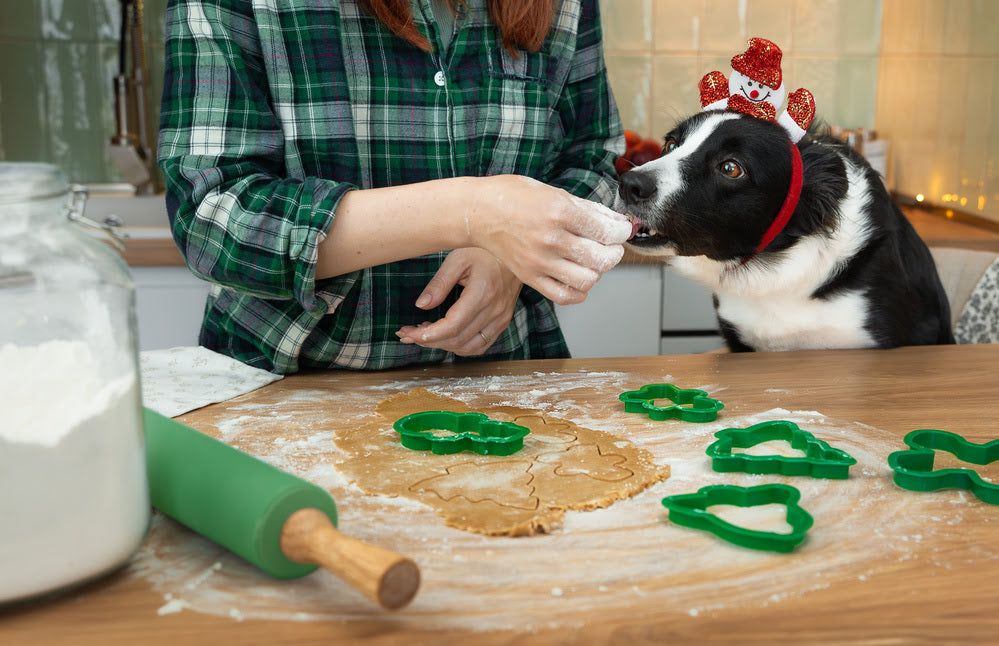
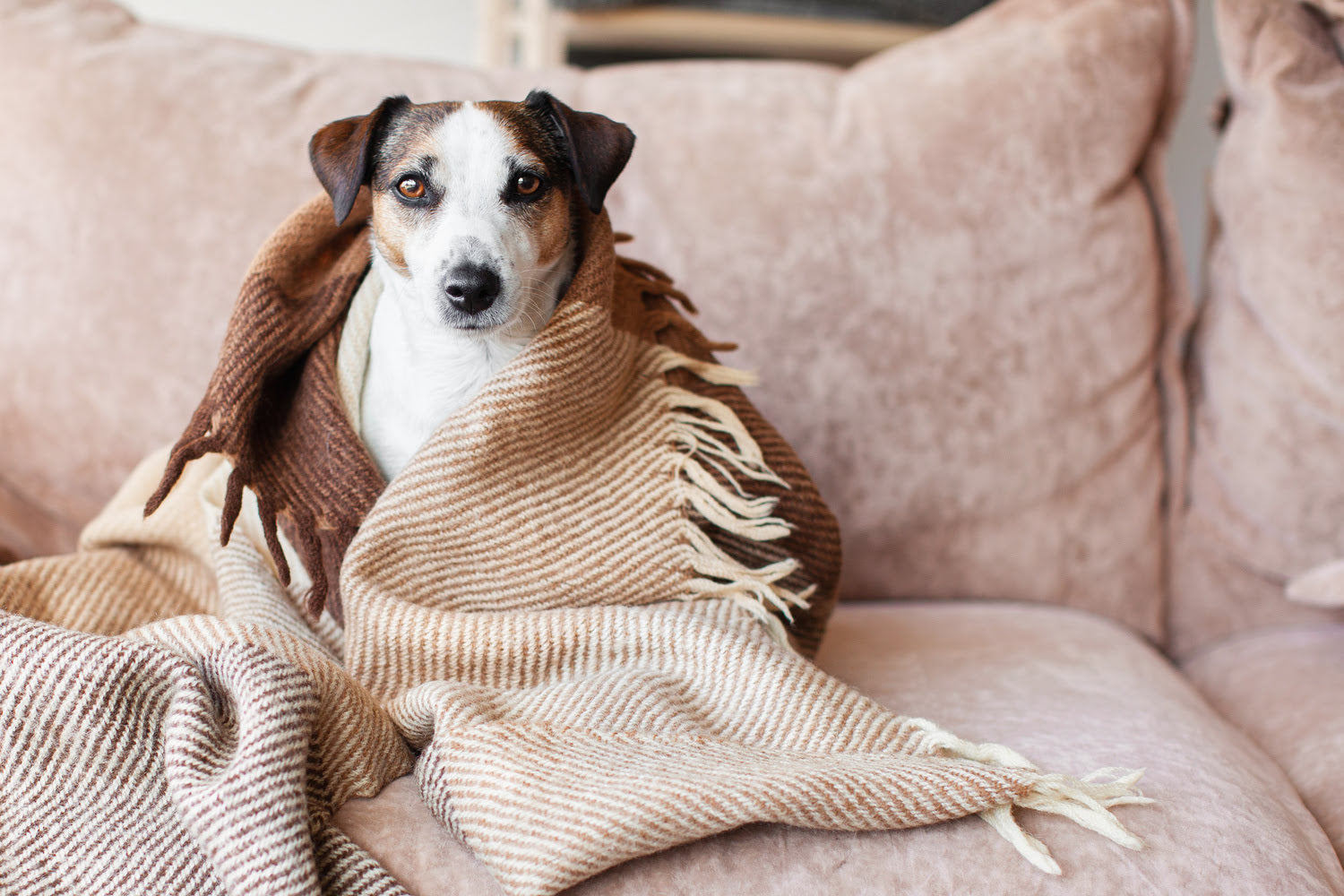
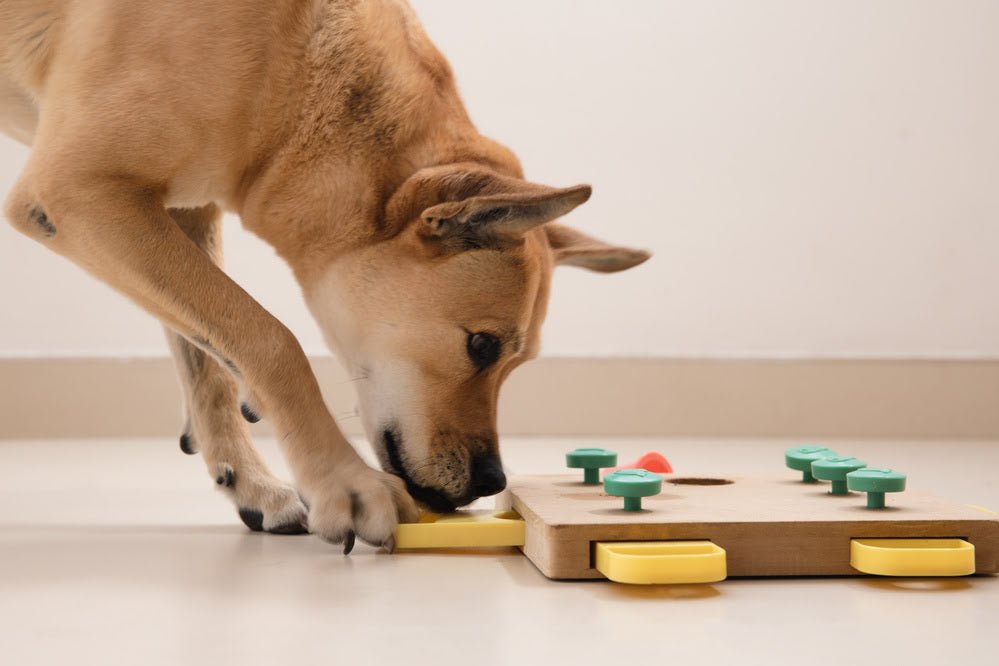
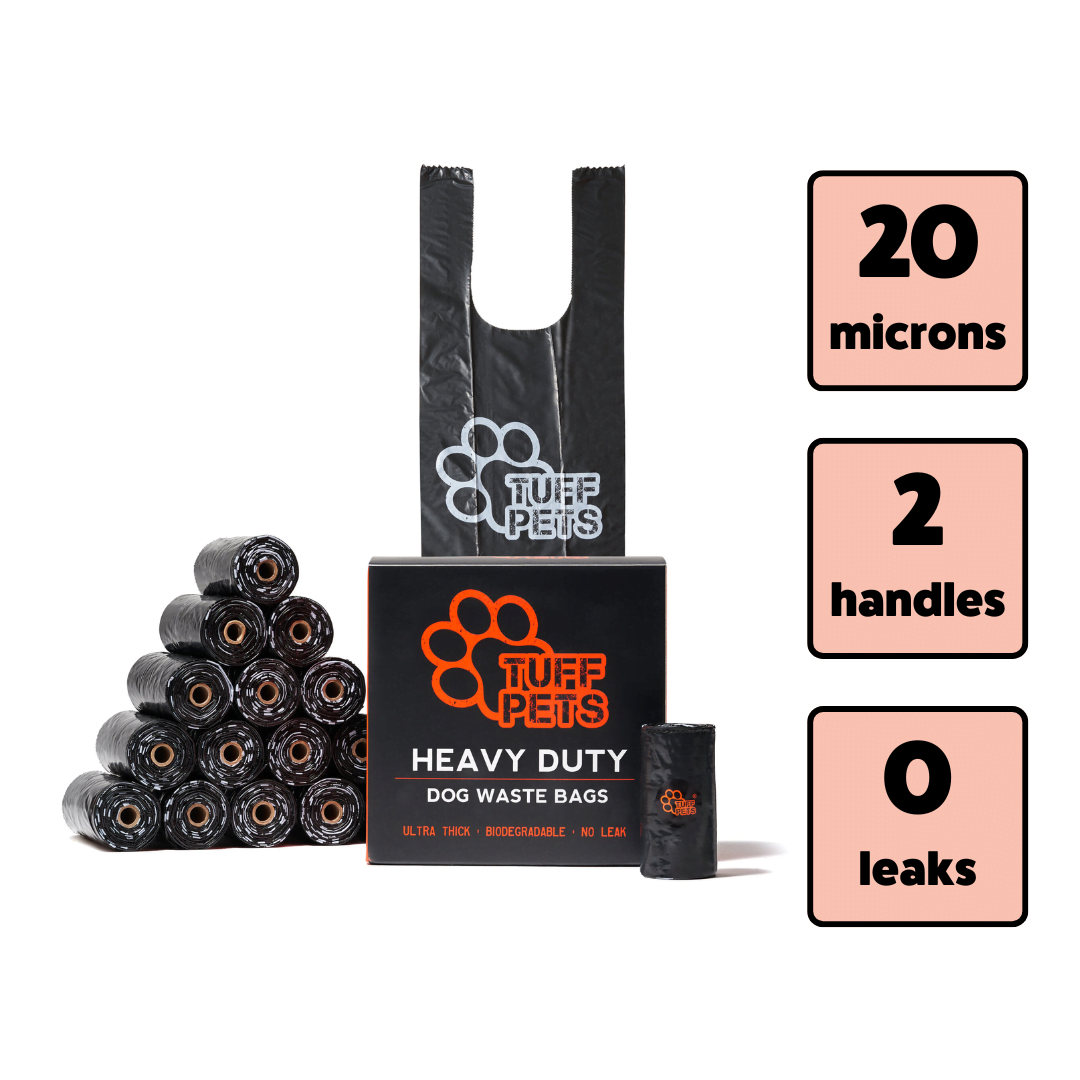
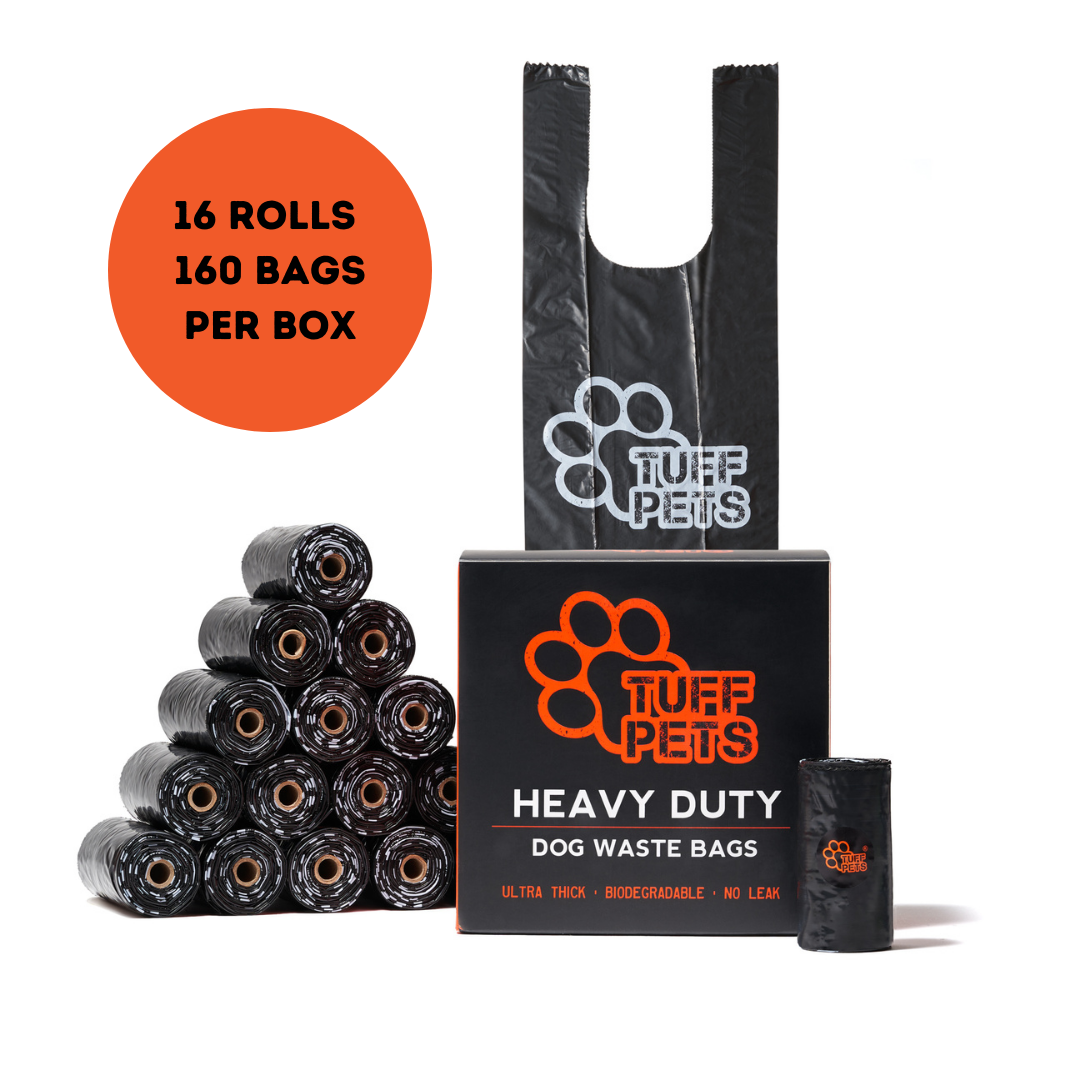
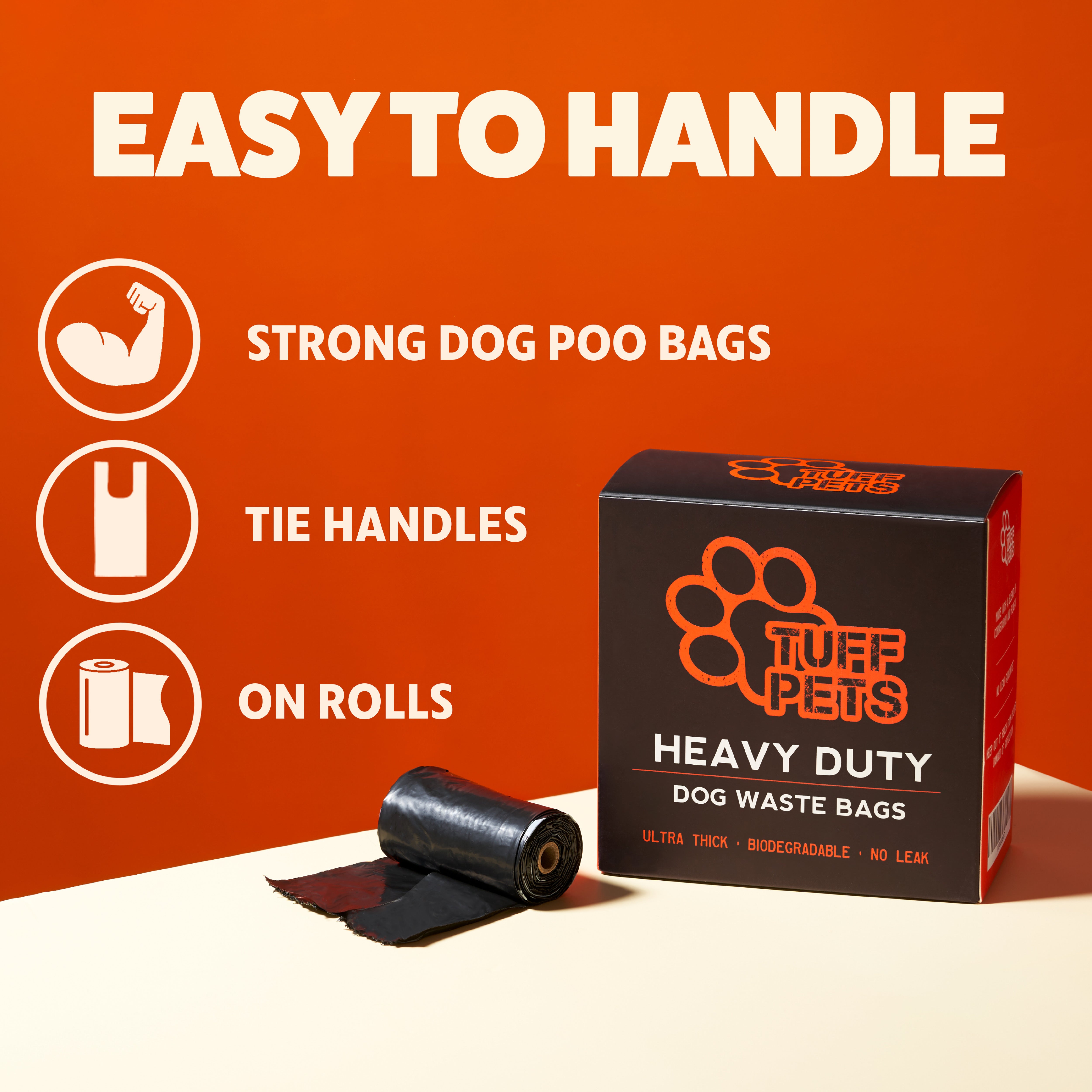
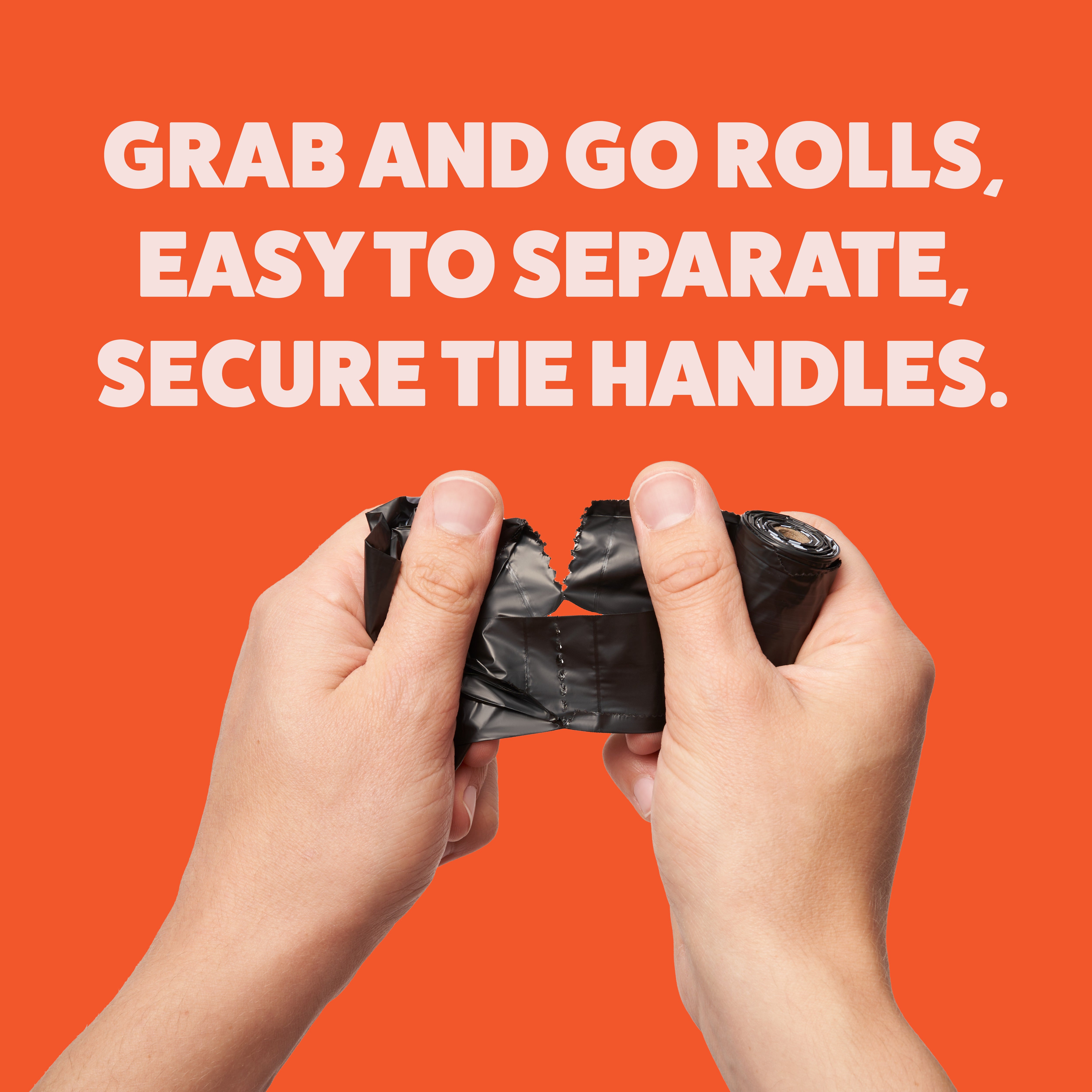
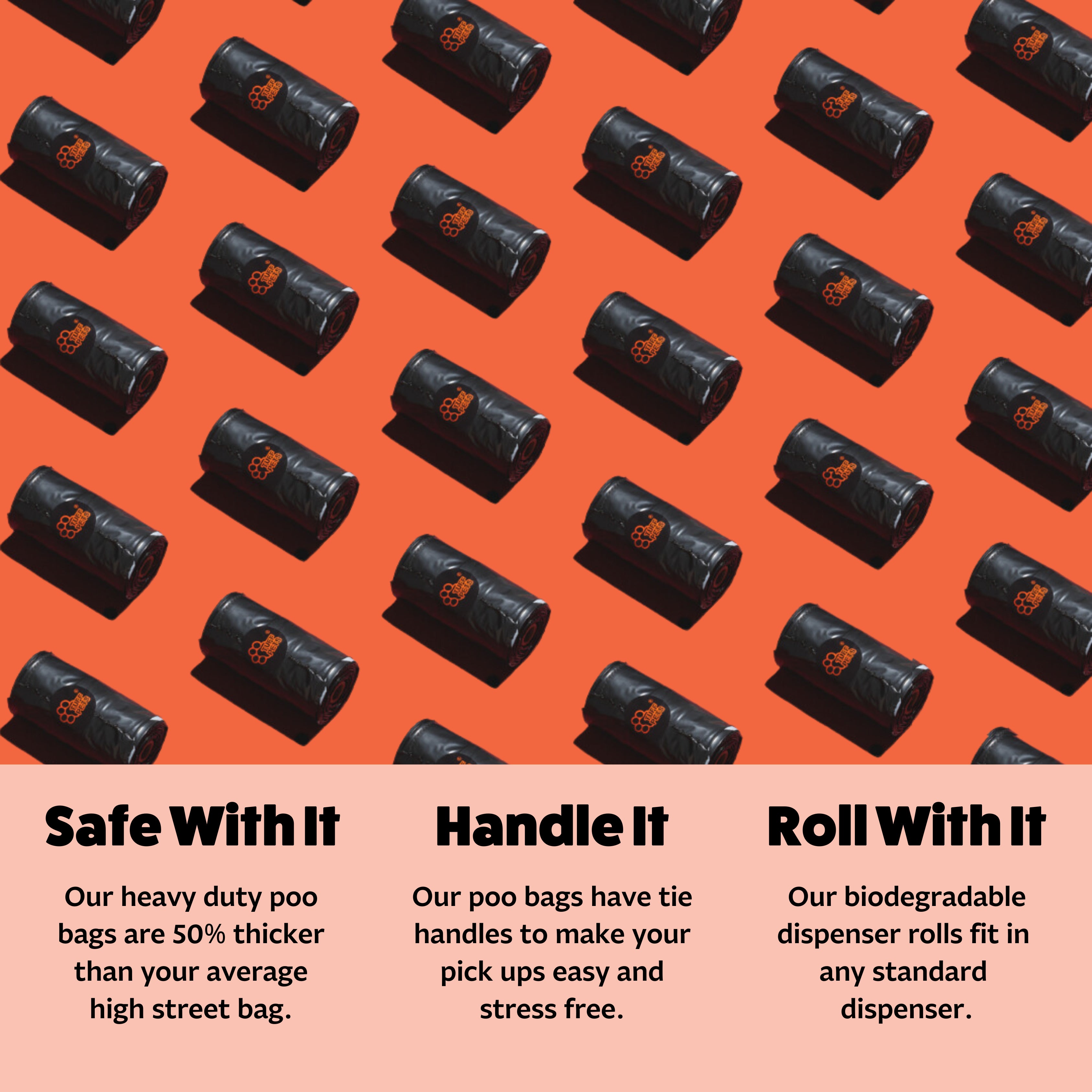
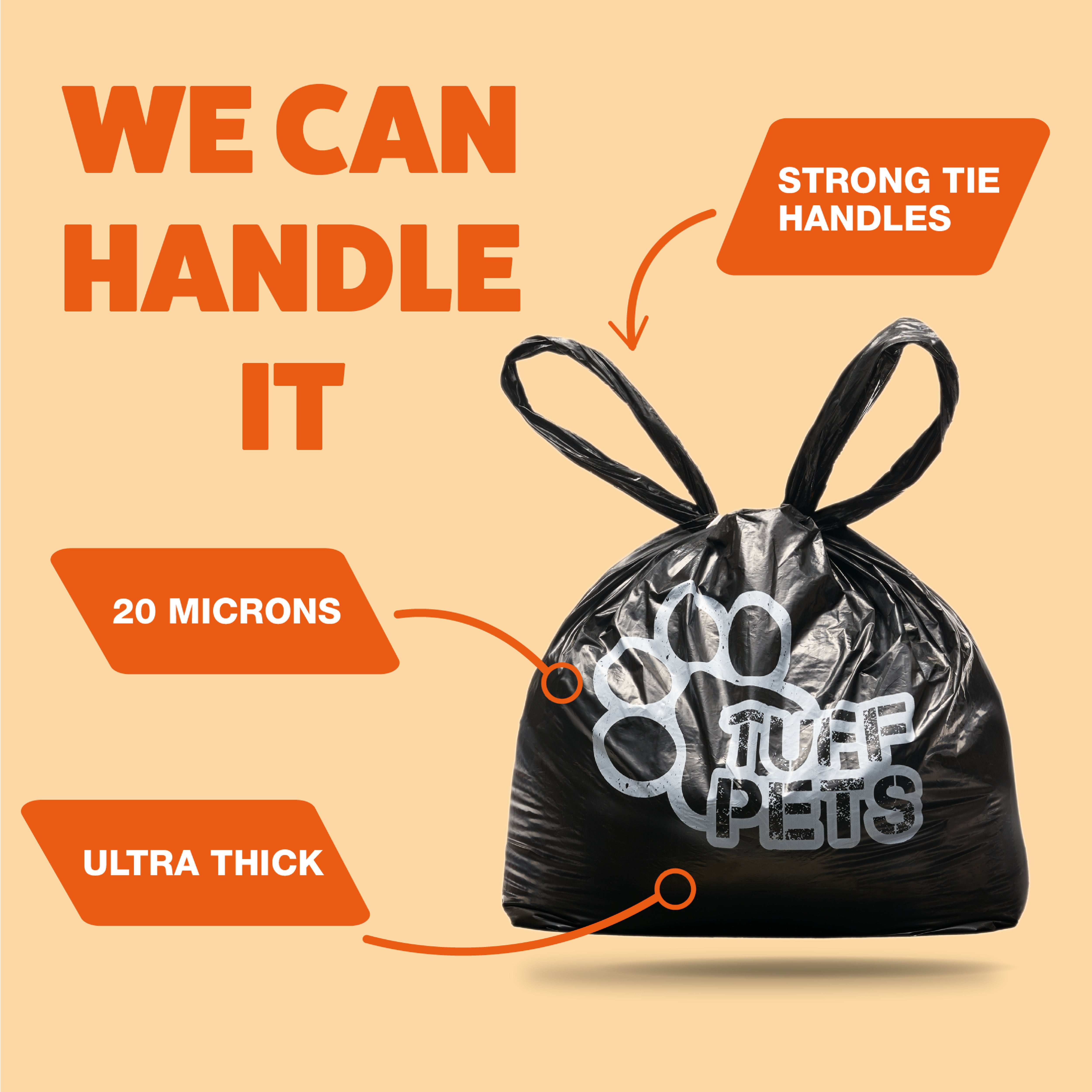
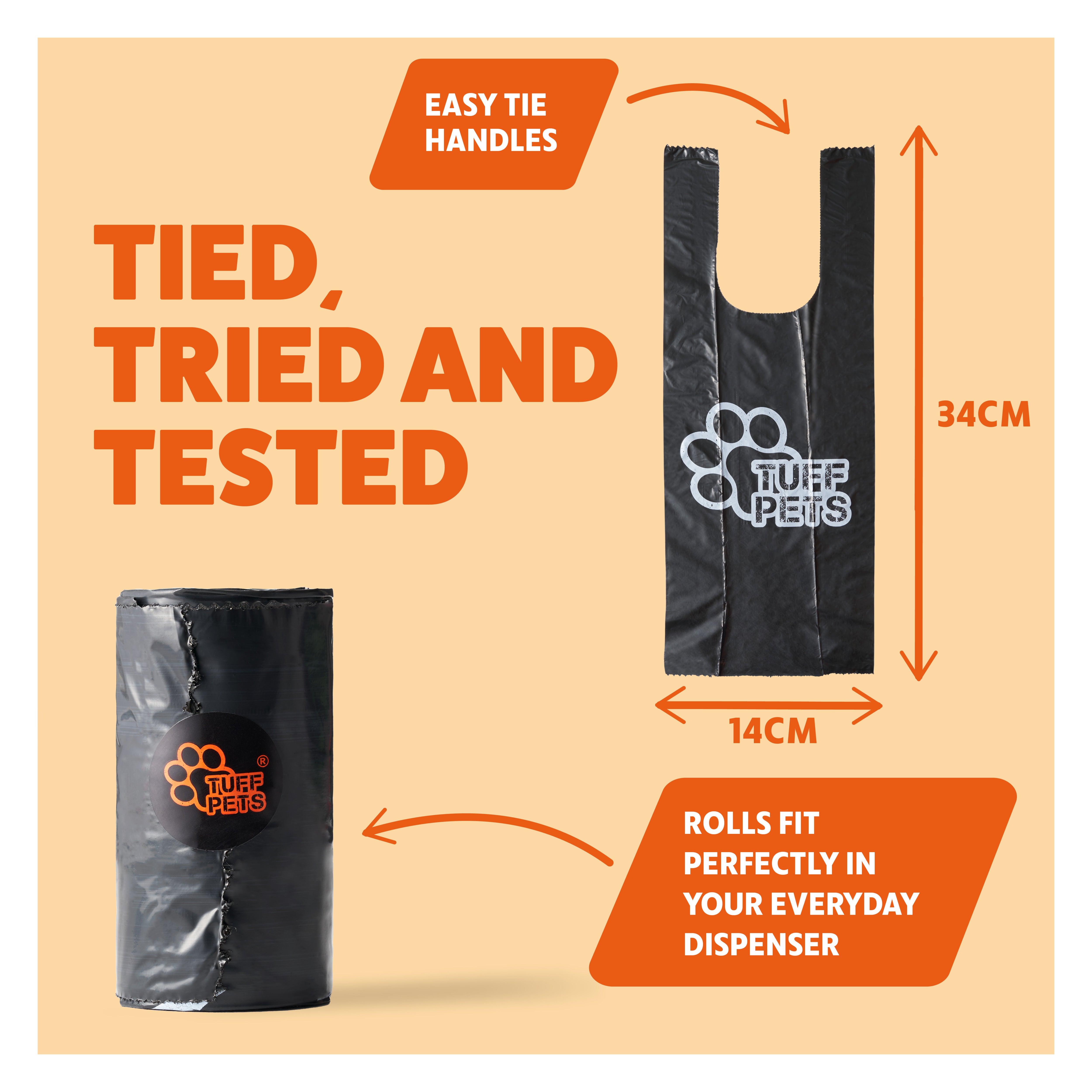
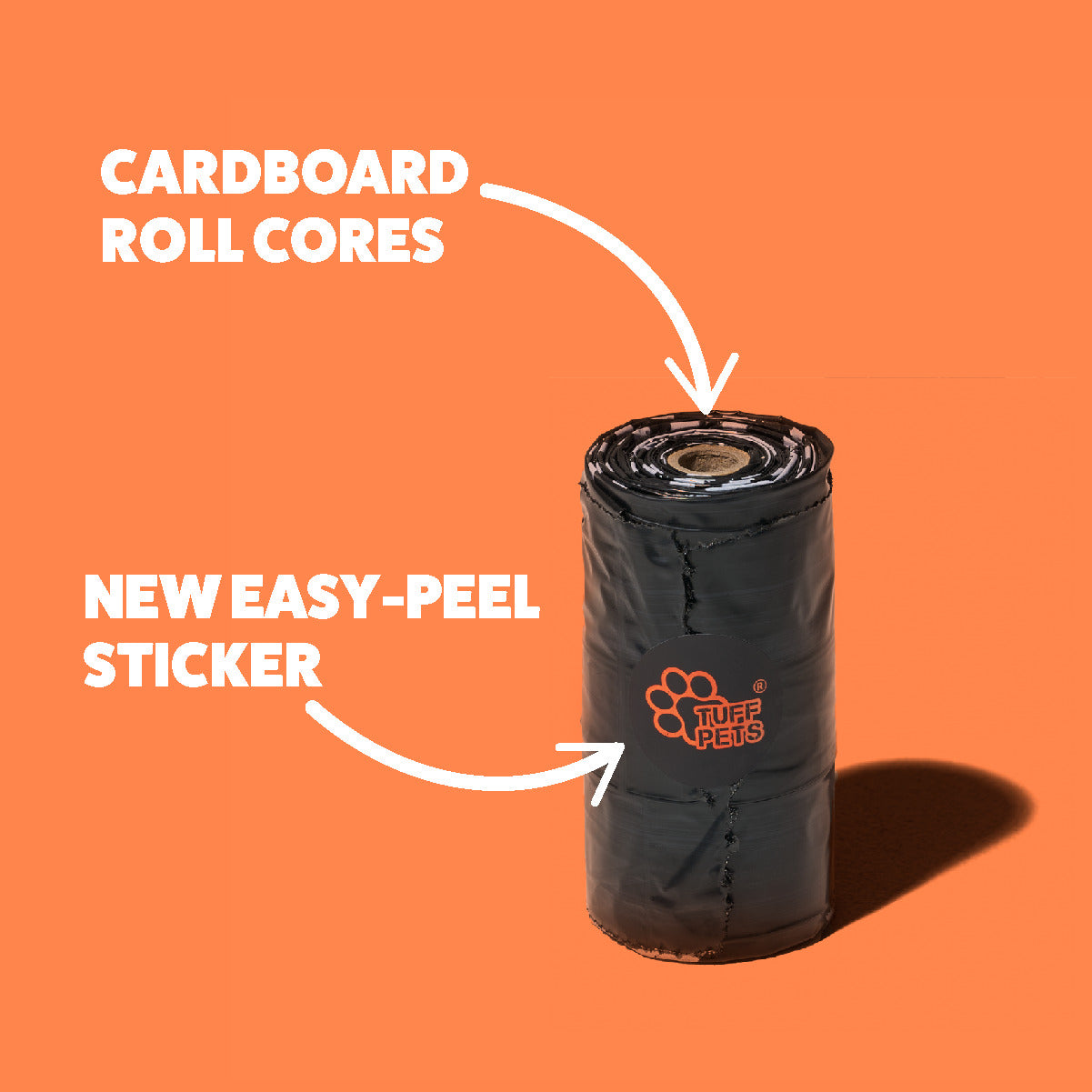
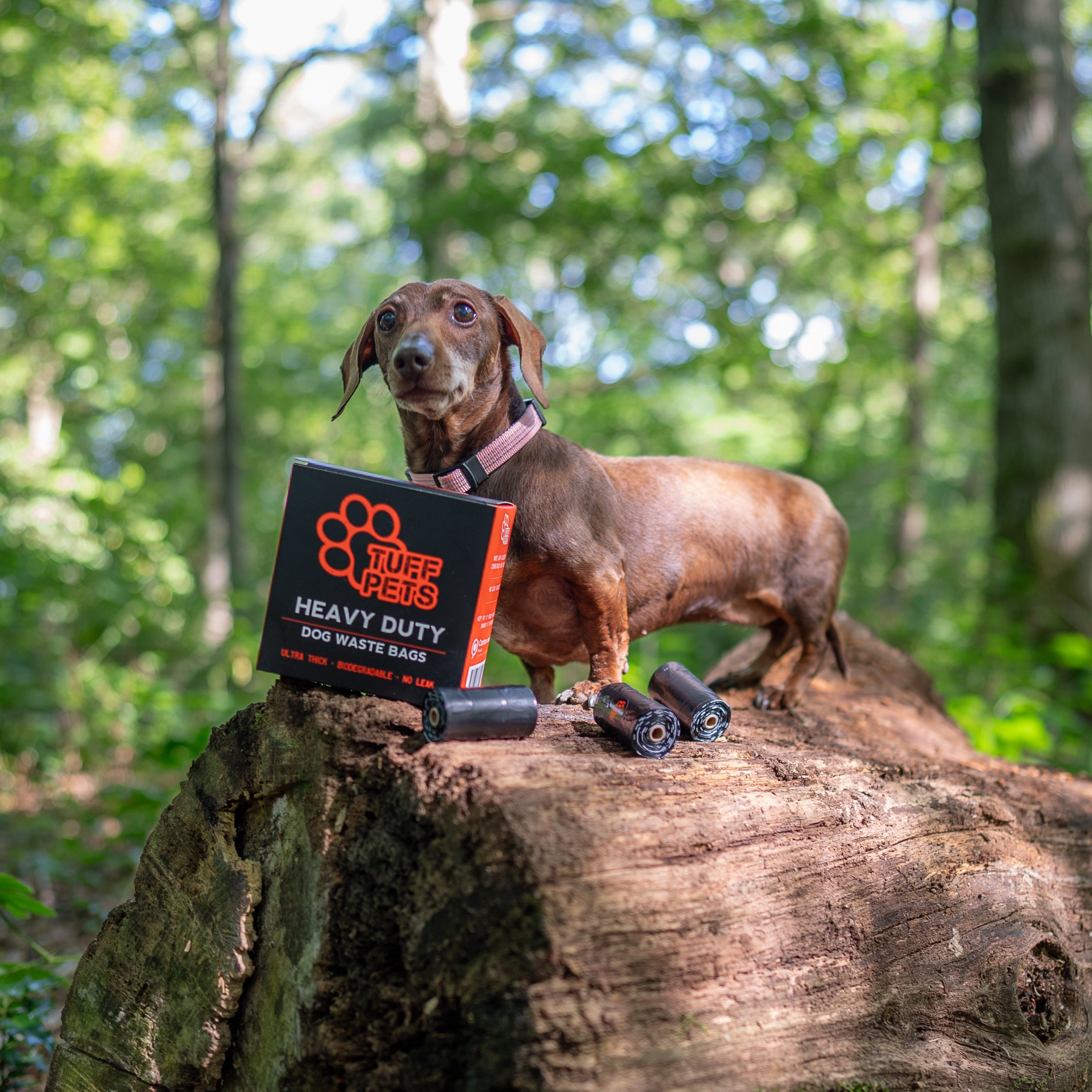

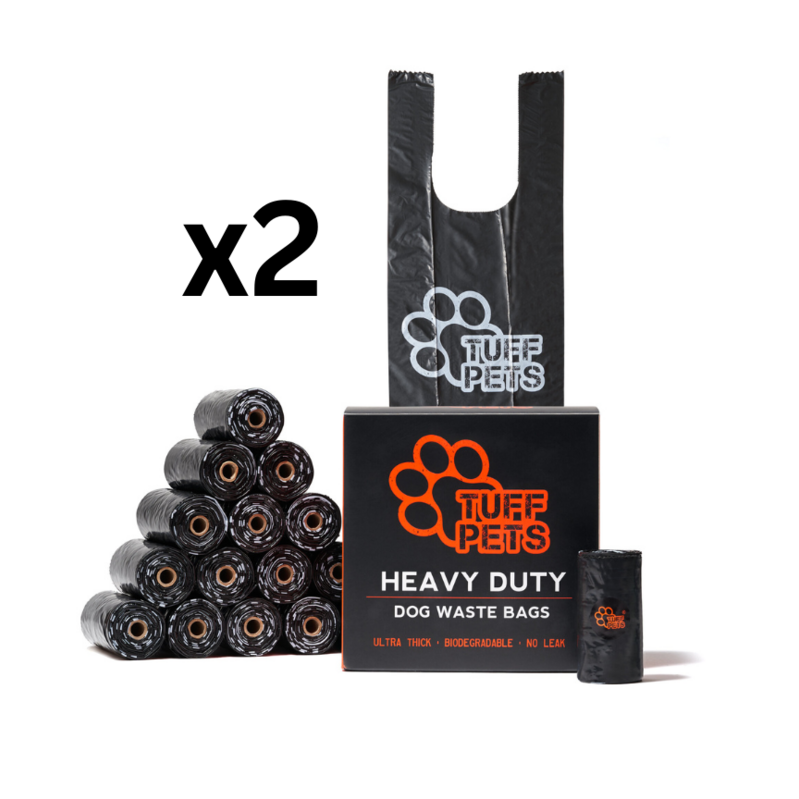
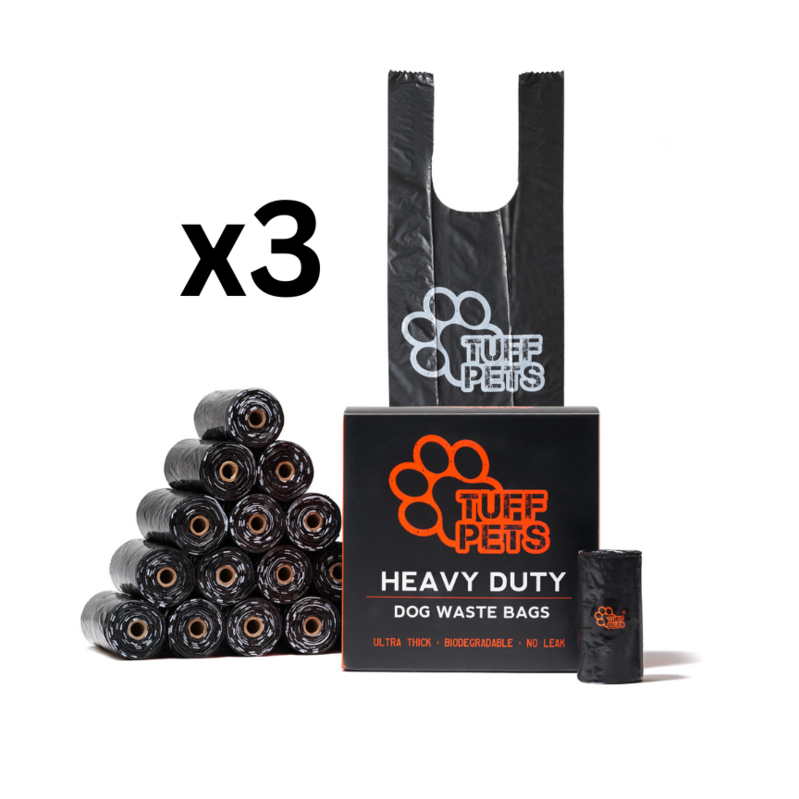
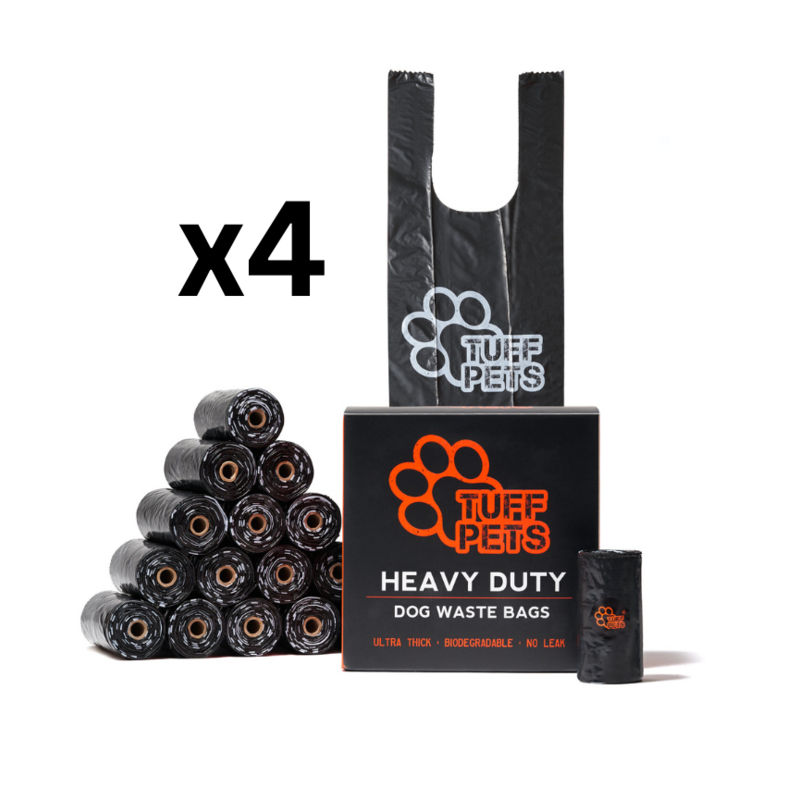
Share:
Why does my dog sigh?
Support Dogs - Who are the charity & what do they do?